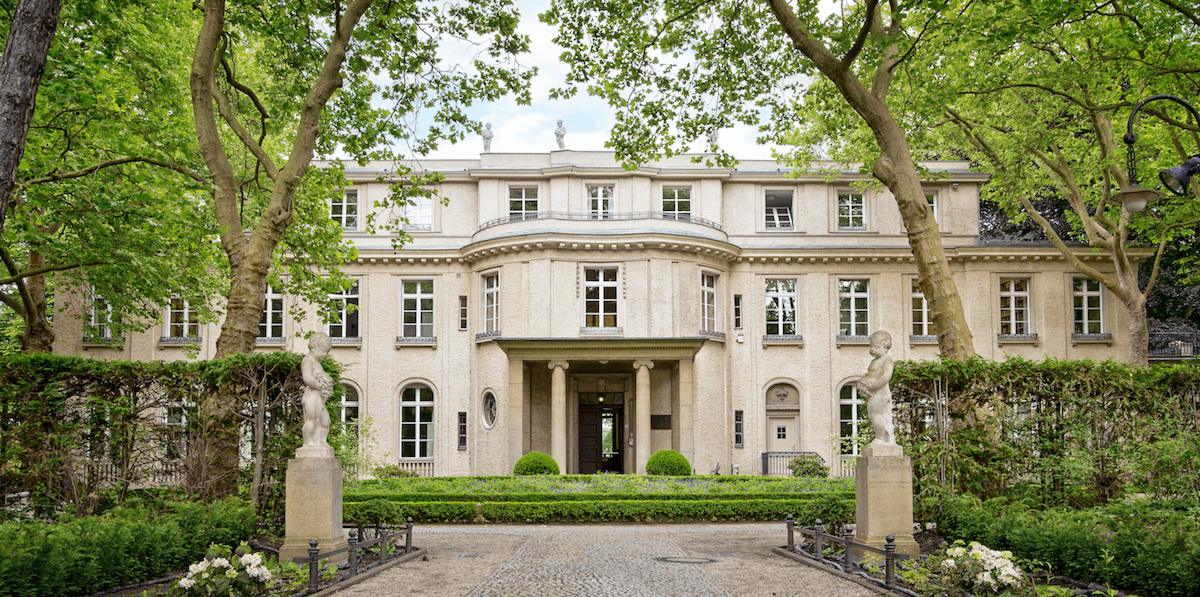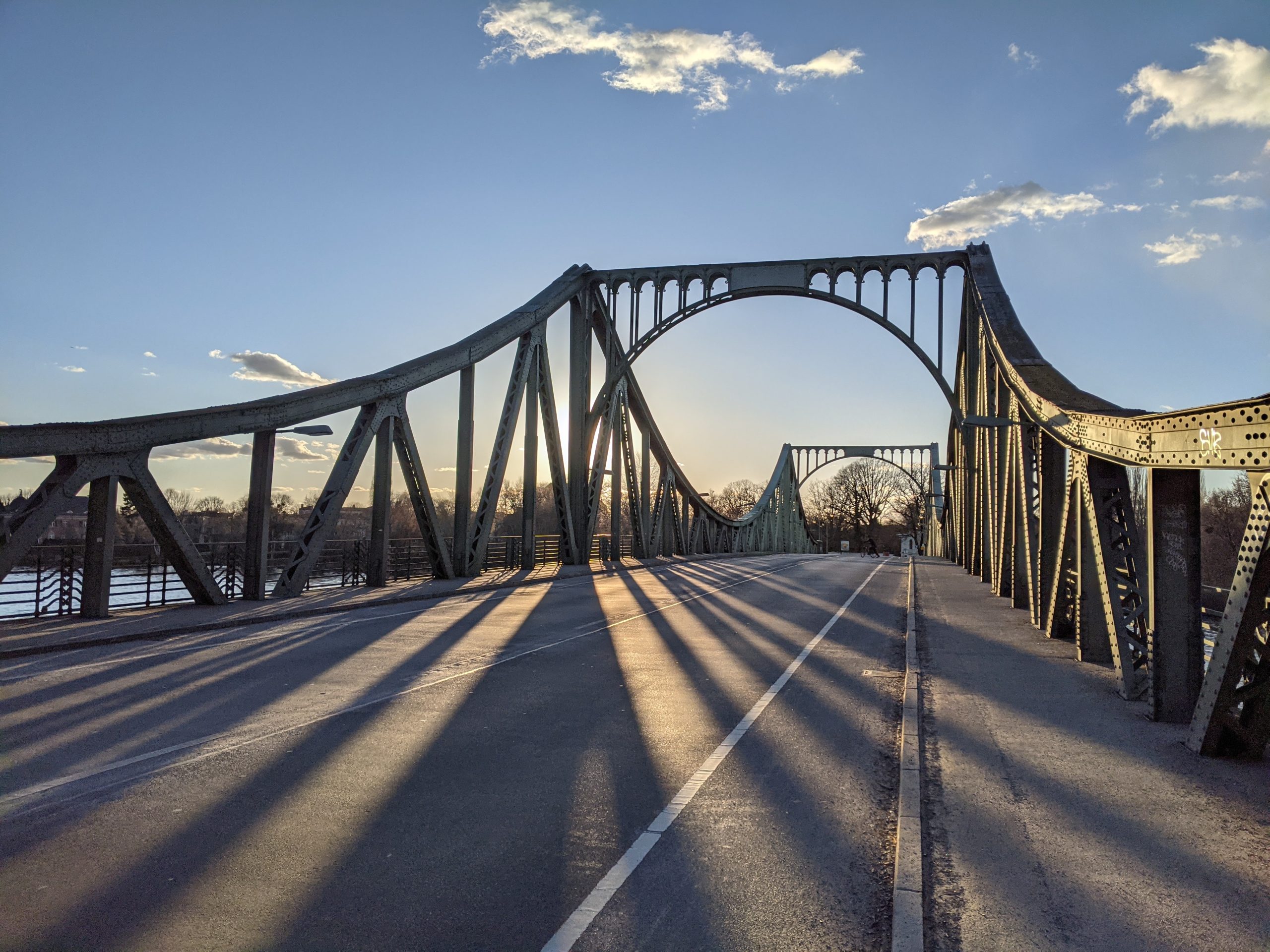WW2 & the Cold War in Potsdam: Private Full-Day Trip
Tour Highlights
- Visit the historic city of Potsdam, which played a key role in WW2 and the Cold War
- Learn about the Potsdam Conference and how it set the future of Germany
- See the famous “Bridge of Spies” and Devil’s Mountain, where the U.S. had a station to “listen” to the East
- Hear about the horrors of Nazi Germany with visits to the Platform 17 memorial and the site of the Wannsee Conference
- Local expert guides with deep knowledge of Berlin’s history, art, and politics
- Choose from 6 days-a-week departures with multiple start times
Tour Overview
This private Potsdam day tour is so much more than your basic history tour. With a local guide who is an expert in WW2 and the Cold War, you’ll hear historic anecdotes and thrilling stories — some quaint, some terribly sad, but all of them critical for understanding Germany’s past.
After meeting at your hotel this private Potsdam tour begins with a stop at the Platform 17 memorial, where Berlin’s Jewish population was deported to Nazi extermination camps. You’ll then continue onto the industrialist villa used by the SS, where the infamous Wannsee Conference took place and the fate of Europe’s Jewish population was negotiated.
Book this tour online now
From there, your Potsdam WW2 tour leads you to the former Hohenzollern-Schloss Cecilienhof, where heads of state negotiated in the summer of 1945 about the future of defeated Nazi Germany — the results of which would have a lasting impact on German history. Your tour includes tickets to go inside and join a guided audio tour.
As a result of the Potsdam Conference, the Cold War left lasting traces in the area. See the Glienicke Bridge, the isolated exchange point for high-ranking spies between East and West, made famous by Steven Spielberg’s film “Bridge of Spies.” Visit the Soviet War Cemetery and the former prison of the Soviet military counterintelligence, complete with the remains of former torture cells.

On your way back to Berlin, a visit to Teufelsberg, also known as Devil’s Mountain, rounds off your Potsdam tour (time permitting). This hill made of debris covers an unfinished Nazi military college and was the site of a huge U.S. listening station during the Cold War — the ruins of which can still be seen today.
Never boring or dry, this interactive Potsdam tour is a lively conversation about the events that changed the 20th century, and a must for anyone interested in WW2 and Cold War history.
About Our Guides
Our Berlin tour guides are more than just guides — they are true characters of the city, with deep knowledge of Berlin’s history and politics. What’s more, many of our guides were eyewitnesses to the Cold War and have personal stories to share with you about their lives during that time.
Tour Flexibility
This private tour is flexible and customisable – if there are specific sights that you would like to focus on, please let us know and we can adjust the itinerary to suit your interests. A stop for lunch and coffee (at your own expense) is included, but as this is your tour, we can add in stops at any point that you like.
Simply enquire below for more information. Alternatively, book online now and we will be in touch to finalise your tour details.
Do you have questions about the offer?
Contact us using the form below.
You can inquire your desired private or customized tour by using this form. Please feel free to name all your wishes and interests e.g. special starting point, pick-up service, lunch breaks, dietary restrictions, accessibility requirements, interest in certain historic topics or sites!















